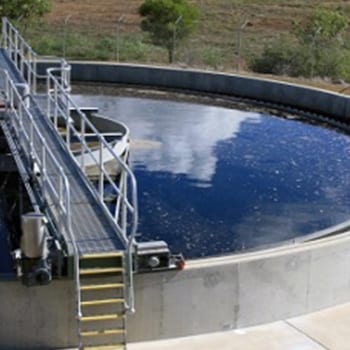What is Flocculation?
Flocculation is a process in which small particles in a liquid clump together to form larger particles, or flocs. This can be done by adding a flocculant, which is a substance that helps to destabilize the particles and make them more likely to clump together. Flocculation is used in a variety of industries, including water treatment, wastewater treatment, and mining.
Flocculation is an important process in a variety of industries. It is used to remove suspended solids, pollutants, and minerals from liquids. Flocculation is a safe and effective process that can help to improve the quality of water and wastewater.
In water and wastewater treatment, flocculation is used to remove suspended solids from water. This is done by adding a flocculant to the water, which causes the suspended solids to clump together and form flocs. The flocs are then easily removed from the water by sedimentation or filtration.
Flocculants are used in water treatment to help remove suspended solids from water. They do this by binding together small particles into larger flocs, which can then be more easily removed by sedimentation or filtration. Flocculants are typically added to water after coagulation, which is the process of neutralizing the charges on the particles so that they can clump together. The most common flocculants used in water treatment are polyacrylamides, which are synthetic polymers that have a high molecular weight.
Here is a simplified explanation of how flocculants work in water treatment:
- Coagulants are added to water to neutralize the charges on the particles.
- Flocculants are added to the water to bind together the small particles that have been neutralized by the coagulants.
- The flocs are then allowed to settle to the bottom of the tank or be filtered out of the water.
Flocculation is an important step in water treatment because it helps to remove suspended solids that would otherwise be difficult to remove. This makes the water cleaner and safer to drink.
There are a number of different flocculants that can be used, including inorganic flocculants, organic flocculants, and natural flocculants. Inorganic flocculants are typically salts of metal ions, such as aluminum sulfate and ferric chloride. Organic flocculants are typically polymers, such as polyelectrolytes. Natural flocculants are typically plant extracts, such as chitosan.
The choice of flocculant depends on the specific application. For example, inorganic flocculants are typically used in water treatment, while organic flocculants are typically used in wastewater treatment.
Here are some additional benefits of flocculation:
- It can improve the clarity of water.
- It can remove pollutants from water.
- It can help to settle suspended solids.
- It can make water more amenable to disinfection.
- It can reduce the need for filtration.
Here are some of the limitations of flocculation:
- It can be a slow process.
- It can require the use of chemicals.
- It can be difficult to control.
- It can produce large flocs that can clog filters.
Overall, flocculation is a valuable tool that can be used to improve the quality of water and wastewater. It is a safe and effective process that can be used in a variety of industries.
About The Author
Nick Piskura is the Marketing and Web Development Specialist at ChemREADY who utilizes expertise in digital marketing strategies to provide knowledgeable insights in each segment of our business. Nick provides insights through web development and multimedia resources that support ChemREADY’s full range of services, including Legionella management, ANSI/AAMI ST108 compliance, boiler and cooling tower treatment, wastewater processing, and industrial water quality solutions.

